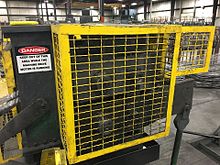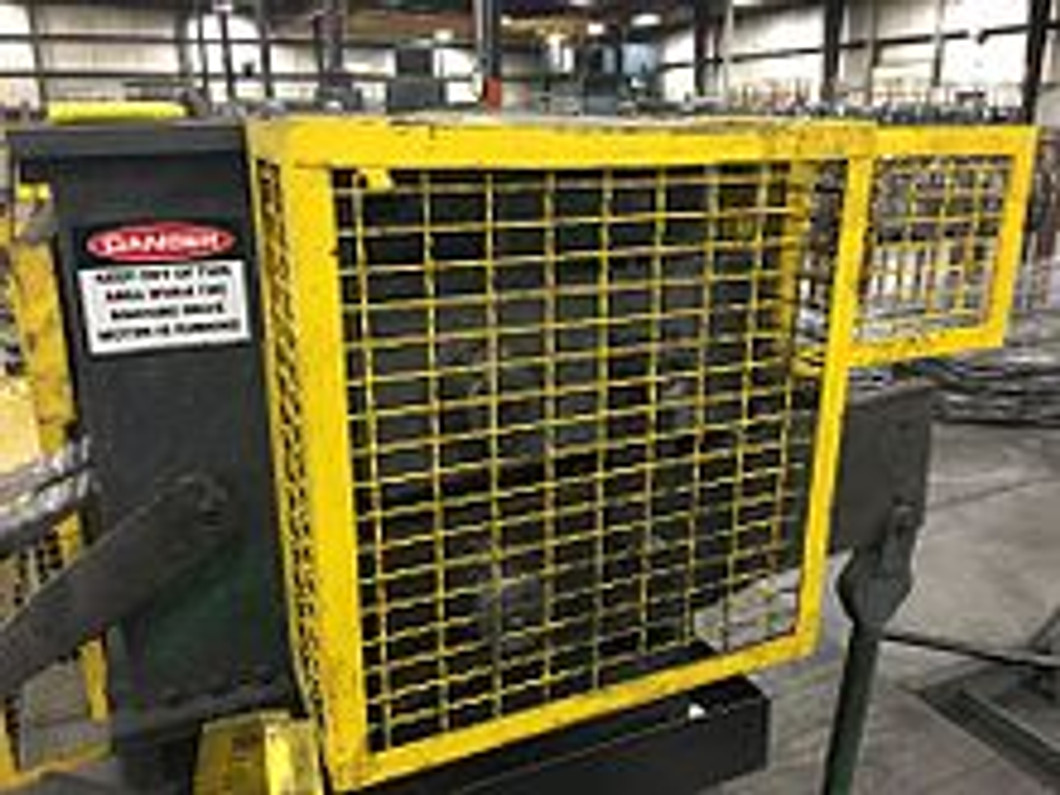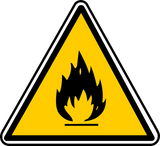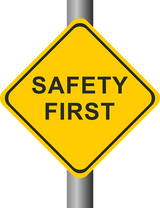What is Machine Guarding and Why is It Important?
 In a previous blog post, we discussed the top 10 most frequently cited safety violations according to the Occupational Safety and Health Administration (OSHA). Coming in at number nine on the list is machine guarding.
In a previous blog post, we discussed the top 10 most frequently cited safety violations according to the Occupational Safety and Health Administration (OSHA). Coming in at number nine on the list is machine guarding.
While machine guarding quite literally refers to physical barriers and protection systems for machines, many workers and employers are unfamiliar with this safety measure. So, if you're interested in learning more about machine guarding and why it's important, keep reading.
The Basics of Machine Guarding
Machine guarding lives up to its namesake by featuring a physical guarding or barrier that's placed on a machine. The fundamental purpose of machine guarding is to reduce the risk of injury to the machine's operator or workers. As shown in the photo above, it may consist of nothing more than a metal fence, which prevents workers from entering or touching areas that may cause injury.
According to OSHA, machine guarding is the first line of defense to protect workers from machine-related injury. Without guarding, workers would be directly exposed to serious and potentially life-threatening hazards.
Machine Injury Statistics
Failure to implement machine guarding poses a serious risk to workers. The official OSHA website, for instance, specifically states that machinery workers sustain 18,000 injuries and 800 deaths every year. While injuries can occur from machines in a variety of ways, one of the most common is lack of guarding.
"Employee exposure to unguarded or inadequately guarded machines is prevalent in many workplaces. Consequently, workers who operate and maintain machinery suffer approximately 18,000 amputations, lacerations, crushing injuries, abrasions, and over 800 deaths per year," explained OSHA.
You can read more about OSHA's stance on machine guarding by clicking here.
Different Types of Machine Guarding
Of course, there are different types of machine guarding. While all machine guarding is designed to perform the same basic task of protecting workers from injury, different types work in different ways. Point guarding, for instance, specifically refers to guarding on a moving machine, whereas fixed perimeter guarding is a static barrier placed around a work area, typically where automated robots or machines operate.
There are also safety devices used in conjunction with machine guarding. Electrical interlocks, for instance, are often installed on the machine's circuit. Once installed, the machine will automatically turn off when access points are opened or otherwise accessed.
Hopefully, this gives you a better understanding of machine guarding and why it's important in the modern-day workplace.
Recent Posts
-
Fire Safety in the Workplace: What You Need to Know
What steps are you taking to prevent fires in your workplace? According to the U.S. Occupational Saf …Aug 23rd 2023 -
Is It Safe to Go Jogging With a Cold Infection?
If you're suffering from a cold infection, you might be wondering whether it's safe to go jogging. T …Aug 22nd 2023 -
5 Safety Tips to Follow When Using a Powder-Actuated Tool
Powder-actuated tools are commonly used to join materials to steel and concrete. Also known as Hilti …Aug 20th 2023




